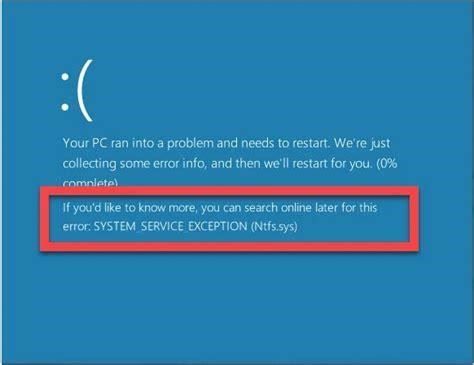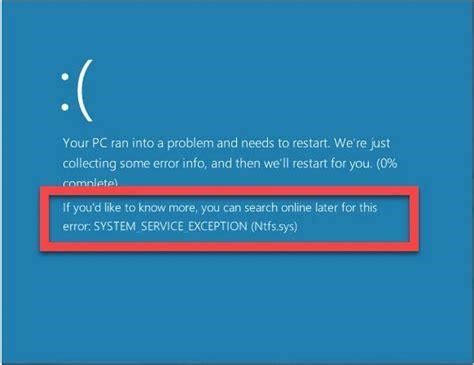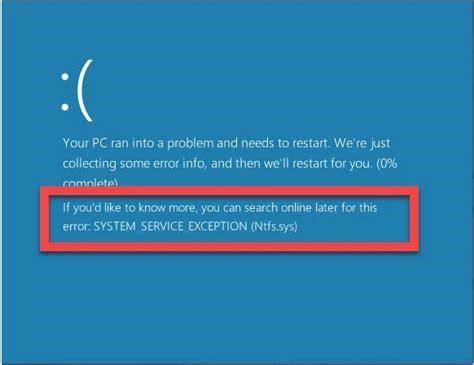Connecting Your Windows 10 Laptop to a Domain Controller: A Detailed Guide
Joining a Windows 10 laptop to an Active Directory domain can provide enhanced security and convenient centralized management of users, devices, and resources. However, not all editions of Windows 10 support domain join capabilities out of the box. In this post, we’ll explore the key differences between Windows 10 Home vs Pro/Enterprise and walk through the step-by-step process for joining your device to a domain controller.
Windows 10 Home vs Pro/Enterprise Domain Join Capabilities
A domain controller authenticates users and devices, enforcing security policies within an Active Directory domain. Windows 10 Home lacks built-in support for joining domains, presenting the error "You cannot join a computer running this edition of Windows 10 to a domain controller" when attempting to connect.
Upgrading to Windows 10 Pro or Enterprise unlocks full domain join functionality. Key differences include:
- Group Policy Management– Centrally configure device and user settings.
- Active Directory Integration– Manage users/devices from the domain controller.
- Enterprise Security Tools– Advanced auditing, logging, and compliance features.
For small businesses and home users, Windows 10 Home is likely sufficient. But larger organizations will benefit from Pro or Enterprise editions when leveraging Active Directory.
Preparing to Join a Windows 10 Device to the Domain
Before joining your Windows 10 Pro/Enterprise system to the domain, some prep work is required:
- Confirm network connectivity– Ensure your laptop can communicate with the domain controller.
- Gather credentials– Have a domain user account available to authenticate.
- Update DNS– Configure DNS settings to resolve the domain controller.
- Identify domain details– Know the full domain name you are joining.
Taking these preliminary steps will smooth the join process and avoid issues reaching the domain controller.
Joining a Windows 10 Laptop to the Domain
With prep work complete, we can now walk through the Windows 10 domain join step-by-step:
-
Access the System Properties dialog by pressing Windows+R and entering "sysdm.cpl" without quotes.
-
Navigate to the Computer Name tab and click the Change button.
-
In the Computer Name/Domain Changes window, select the Domain option and enter your domain’s name (e.g. company.com).
-
When prompted, input the username and password of a domain account with permissions to add devices.
-
Click OK and confirm the changes. Windows will begin the domain join process.
-
Once complete, you can restart your laptop and login with your new domain credentials!
Alternatively, you can use the Settings app:
-
Open Settings and navigate to Accounts > Access work or school.
-
Click Connect and enter your domain details when prompted.
-
Provide a domain account’s credentials to authenticate.
-
Restart the laptop after receiving confirmation of the successful domain join.
Either approach will fully connect your Windows 10 Pro/Enterprise system to the domain for centralized authentication and management.
Benefits of Joining a Windows 10 Device to a Domain
What benefits does domain join provide once configured on your Windows 10 laptop?
-
Single sign-on accessto domain resources using your credentials.
-
Group Policy automationto configure devices and users.
-
Access controlsrestricting unauthorized resource usage.
-
Centralized managementthrough Active Directory tools.
-
Enhanced securitypolicies and logging/auditing.
Domain join allows organizations to scale management while boosting security. Users also enjoy seamless access to permitted resources.
Key Takeaways and Next Steps
Connecting your Windows 10 laptop to a domain controller provides robust identity and access management. While Windows 10 Home doesn’t allow domain join, Pro and Enterprise editions fully support it.
Prepping your network and having your domain details on hand are key first steps. From there, the System Properties or Settings menus enable smooth domain join configuration.
Centrally managing and securing enterprise devices and users becomes straightforward with Active Directory integration. Moving forward, you can now leverage group policies and advanced security controls through the power of domain-joined Windows 10 Pro or Enterprise machines.
To dig deeper into domain join, check out Microsoft’s technical documentation covering Active Directory and domain services. And let us know if you have any other Windows 10 tips or tricks you’d like to see covered in future posts!




